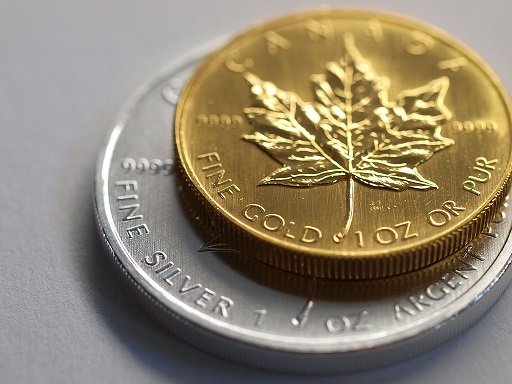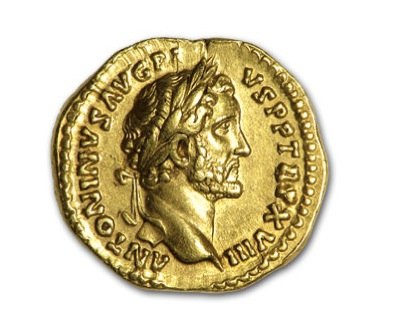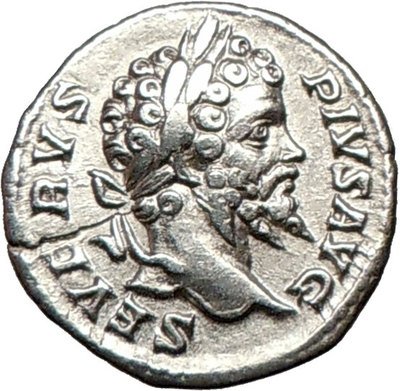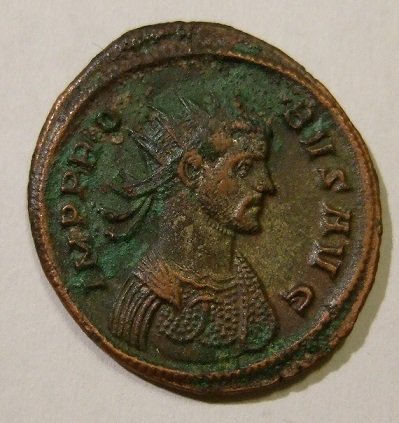The r0ach report vol 8: The real fundamentals involving gold, silver, and copper as money

(flickr.com)
I've seen people claim that only gold can be money and that silver and copper can only be commodities. There's a saying that the further you look into the past, the further you see into the future. Below I will explain how macroeconomics played out in the past for why any of these three metals were used in the first place, and how the past will likely predict the future.
First, let's look at what exactly money is and how metals fit into the picture at all. Money is just a coupon that represents the ability to convert energy (labor) and physical resources into goods and services. There's a kind of comical argument that since gold has less industrial uses than silver, this somehow makes it superior to silver as a currency even though both have industrial uses. This is a laughable statement to me and probably just propaganda spread by central bankers for a few reasons.
Generally, having money that represents NEITHER the ability to do work OR a representation of resources people actually need isn't a logical thing. What is far more logical is the currency being derived from a metastable resource that can easily be converted into energy to do work - things like oil and uranium, or more basic resources that are probably more important to human survival - things like lumber and steel. The fact that it's difficult to transact in most of those resources due to size and counter party risk is the only thing that really brings you back to metals in the first place. Once you arrive at the noble metals as your focal point, only gold, silver, and copper really stand out human commerce-wise.
From here your decisions revolve around the questions: is there any reason to have a single metal monopoly? Or is there reason to have a bi-metallic system? Since the only reason you really arrived at noble metals in the first place was counter party risk, a bi and tri-metallic system was utilized in the past because silver and copper offer the needed extra granularity to prevent counter party risk, i.e. running a tab. If you follow this train of logic that the only reason metals really have value is preventing counter party risk, then that would directly conflict with the idea that only gold can be money since gold alone can't get the job done.

(mining.com)
You do have to consider the fact that gold is the most non-reactive metal and most resistant to corrosion out of the three, so it is the most ideal metal form of money in terms of maintaining the most fungible state possible I guess you could say. But, as I said, we are valuing these items mostly as a prevention of counter party risk than actual corrosion attributes. Once you reach a certain threshold of corrosion resistance, you kind of get into a "good enough" state.

(terapeak.com)
As you can see, there is not a whole lot of difference in 2000 year old gold and silver Roman coins.

(wikipedia image)
The copper coin above starts to get into a much more questionable state. You could probably make the argument that copper is not a suitable form of money at all, but it was used solely because the extra granularity was needed. If the granularity for copper is/was needed, we will definitely be needing the granularity of silver.
There are a few other items like platinum and palladium in the picture. Here's where you get into sort of a quandary. In the past we only scaled granularity UP. There was a need for the increase in granularity to prevent counter party risk. This is why silver has value as money and not just gold. Platinum and palladium do nothing but decrease granularity.
This gives you two possible outcomes. One is that platinum and palladium will never have a real use as currency again, OR the entire spectrum of metals would shift upwards with platinum replacing gold as the top tier currency due to being rarer with a higher cost of production, gold becoming the middle tier, and silver becoming the bottom tier, with copper being expunged from currency duty. As to which of those two possibilities are more likely to occur, it's difficult to defeat the gold network effect, so I'd say this scenario is highly unlikely.
Platinum is an extreme "hail mary" play in this regard, but with low odds of occurring. Gold is generally more overpriced than silver, but the highest likelihood of being utilized in some manner currency-wise, while silver seems to be the best risk/reward profile if you venture outside of gold.